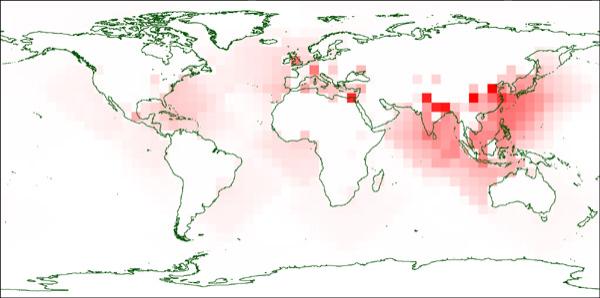May 15, 2007
Could Anti-Radiation Drug Protect Us On Earth…And Mars?
Posted by Darnell Clayton in categories: biological, space
If humanity ever meets lifeforms beyond Earth (or discovers our solitude in our galaxy) one thing will be sure–galactic historians will remark how interesting it must have been living in the nuclear age that “we now enjoy” (assuming we survive of course).
Speaking of nuclear, it seems that some scientists are utilizing a new drug that is showing major promises of fighting against radiation exposure, ensuring that victims not only survive, but remain “semi-healthy” as well.
(Space War) But now researchers at Washington University School of Medicine in St. Louis report they have developed an agent that protects cells from the lethal effects of radiation, regardless of whether it is given before or after exposure.
Using this agent in mice, the investigators found that the treatment helped shield rapidly dividing cells that are most vulnerable to radiation-induced death, providing proof in principle that it is possible to fend off radiation damage, according to a study published in the April issue of Biochemical and Biophysical Research Communications.
Continue reading “Could Anti-Radiation Drug Protect Us On Earth...And Mars?” »









